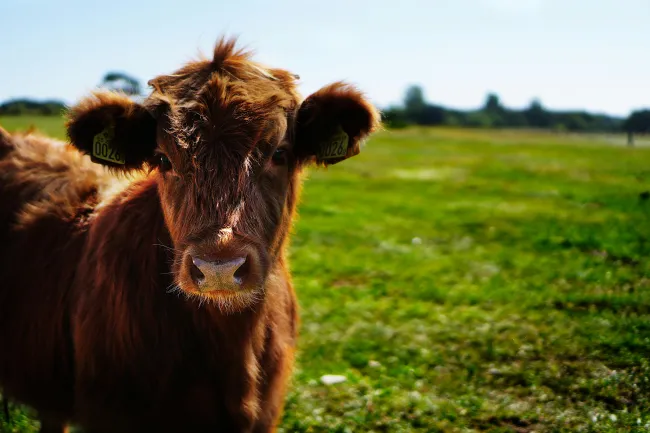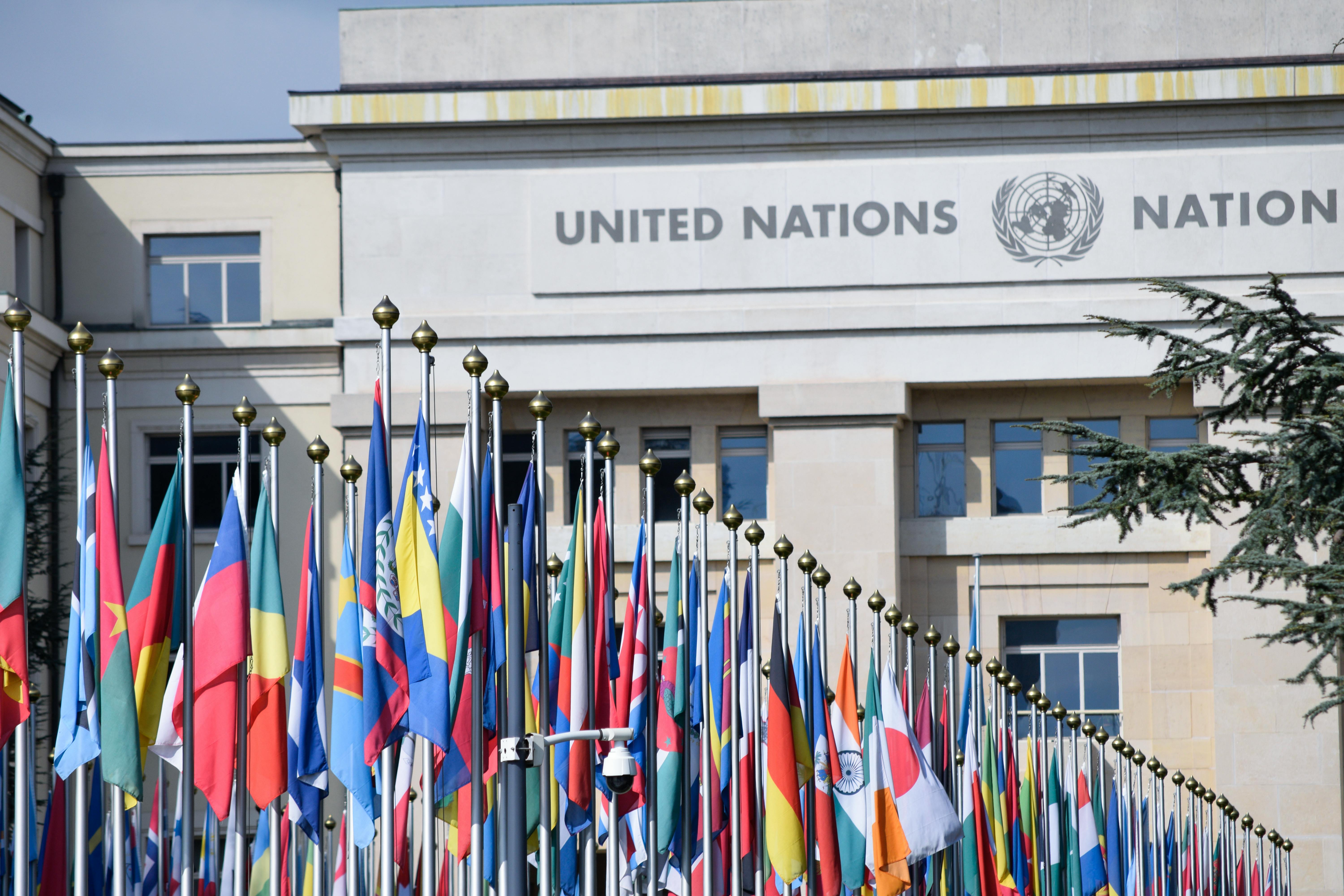Methodology matters. Which figures scientists and researchers choose as benchmarks, what papers they choose, or exclude for their calculations, matter. This is because of the power of statistics to shape narratives and provide arguments that call for distinct solutions. The debate and backlash to the recent FAO report Pathways to Lower Emissions, a global assessment of emissions in livestock agri-food systems is over precisely this point; how the use of a single statistic has the potential to shape ideas about the future of food.

Numbers don’t lie, they’re just carefully crafted
Methodology matters. Which figures scientists and researchers choose as benchmarks, what papers they choose, or exclude for their calculations, matter. This is because of the power of statistics to shape narratives and provide arguments that call for distinct solutions.
The debate and backlash to the recent FAO report Pathways to Lower Emissions, a global assessment of emissions in livestock agri-food systems is over precisely this point; how the use of a single statistic has the potential to shape ideas about the future of food.
Last week, 78 environmental organisations (including Feedback, Greenpeace and Changing Markets) joined the two co-authors of papers cited in the report who wrote a letter to the FAO to retract it because it “seriously distorted” their paper’s findings.
The accusation is that the FAO made methodological errors to intentionally downplay the emissions reduction potential of dietary change. According to the FAO, eating less meat doesn’t make that much of a difference to climate change outcomes. Rather, the obvious solution to livestock emissions is intensification and technology.
In this edition of FODDER, we’re going to dig into the numbers and findings of the report with expert analysis from external researchers and the co-authors who wrote to the FAO, and ask, what this furore can tell us about the polarised meat debate. Did the FAO make intentional errors to appease the meat lobbies or is the reality more complex?
Before we get into the long grass of statistics, it’s worth mentioning that this is not just any report. This emissions assessment forms the basis of the UN’s 2050 Roadmap for Agri-food Systems that will set out the guidelines for feeding the world while staying within planetary boundaries. In other words, it sets out to be a comprehensive food strategy that sets a steer for global food policy.

This FAO report is the backbone of the UN's 2050 Roadmap for Agri-food. Credit: Xabi Oregi via Pexels.
Inside the figures
The report is a global assessment of livestock emissions and the options to reduce them. As part of this analysis, the FAO provided an estimate of the potential of dietary change to reduce emissions. It found that this potential is low; 2-5% of the emissions of the entire food system and therefore other options should be prioritised such as efficiency gains.
How the FAO got to the figure of 2-5% is where the objections begin.
The main problem, according to its critics, is what the report assumes about dietary change. Of the many, many studies that examine the potential of dietary change, they chose just one. That one study is an assessment of the emissions of nationally recommended diets. Its own lead author, Paul Behrens who wrote the letter to the FAO, called it an “inappropriate selection” because these diets don’t take environmental as well as health goals into consideration. They are simply what governments suggest as healthy diets and still recommend relatively high consumption of meat and dairy foods. Behrens instead cites the Eat Lancet diet, which is rich in plants and consists of heavy reductions in animal products, as better representing the potential dietary patterns that align both health and environmental goals.
What is more, Behrens and Matthew Hayek, another co-author cited in the FAO report, further criticise the FAO for choosing nationally recommended diets dating from 2016 when some nations, such as Spain, Denmark and Germany have since then updated them to integrate environmental concerns and, as such, they recommend less meat and more plants.
Michael Clark, a food systems scientist at the University of Oxford modelled the impacts of dietary change in a paper in Science in 2020, says that the FAO report “ignored a large body of literature analysing the environmental potential of dietary transitions”. Behrens and Hayek put it more starkly in their letter to the FAO: “The combination of the framing of the analysis, the report’s inappropriate choice of source data, and errors that seriously distort the findings of scientific papers of which we are co-authors, means that we are urgently requesting a retraction of this report.”
Behrens and Hayek cite Clark’s research, highlighting that his study found that dietary change could reduce emissions by 3.1 Gt, around 29% of food system emissions, whereas the FAO calculated between 0.19 and 0.53 Gt, only 2-5%.
Carlos Gonzalez Fischer, a researcher in sustainable food systems at Cornell University and an expert in modelling the repercussions of livestock interventions, agrees with the co-authors that the calculations of dietary change are “very poorly done”. Not only does the report use a study that underestimates the potential of diet change, he says it mistakenly applies the same impact to estimates of food related emissions in 2050, ignoring that meat consumption would have increased under the current trajectory and the difference in emissions - that is, the strength of the reduction - would be greater.
Behrens and Hayek also highlighted that the FAO did not consider the impact of carbon sequestration from nature recovery on land saved due to dietary change. This scenario assumes that because citizens would eat less meat and dairy as per the Eat Lancet diet, there would be large amounts of land freed up. If nature recovery projects were implemented on all of this land freed up by high income countries following the Eat-Lancet diet, it could lead to a carbon sequestration value of 98Gt. The list of objections goes on. Read here for the full details.

Diets such as the Eat-Lancet are optimised for the environment and health. Credit Wendy Wei via Pexels.
What are the implications?
Feedback campaigner Martin Bowman asked whether “FAO staff had been incompetent or this indicates systematic bias against dietary change.” This statement certainly adds fuel to the narrative fire that the FAO holds an industry-friendly position on meat, especially following an investigation from the Guardian that found the FAO censored staff when they highlighted methane as a major contributor to climate change. It didn't help either when meat companies and lobbyists were reported to have celebrated the release of the report at COP28.
But a different viewpoint comes from Gonzalez Fischer who points out the report was done by livestock experts, GLEAM, the Global Livestock Environmental Assessment Model, a subdivision of the FAO with no experts on dietary change. He adds that the rest of the report is more solid but from the space – given just five paragraphs in a 80 page report – and treatment of the data, “they just wanted to mention it and did the bare minimum to cover it.”
Meanwhile, Clark highlights that the FAO report says dietary transitions may not be fair or possible because of economic transitions, which he admits “is a fair point.” Nor is it predictable or likely that governments will take the political risk to enact policies to change diets. But Behrens and Hayek argue that the report is about what change is possible, rather than what is feasible.
Ultimately, Gonzalez Fischer says that it’s easy to fall into these caricatures in a polarised debate such as this and accuse the other side of intellectual dishonesty. But ultimately “most people tend to be more nuanced and most differences stem from each person’s experiences and expertise, or what they’re trying to maximise.”
Could this approach help us move past the surface level debate which presents livestock as the root of all evil, on the one hand, or, on the other, a vital sector for feeding the world and growing the economy – and help us understand what lies beneath our positions? Maybe then we can be honest about the assumptions, trade-offs and limitations that surround wicked problems like this.
This was a column from our fortnightly newsletter FODDER where we dig into a publication that merits deeper analysis. Sign up here.

Comments (0)